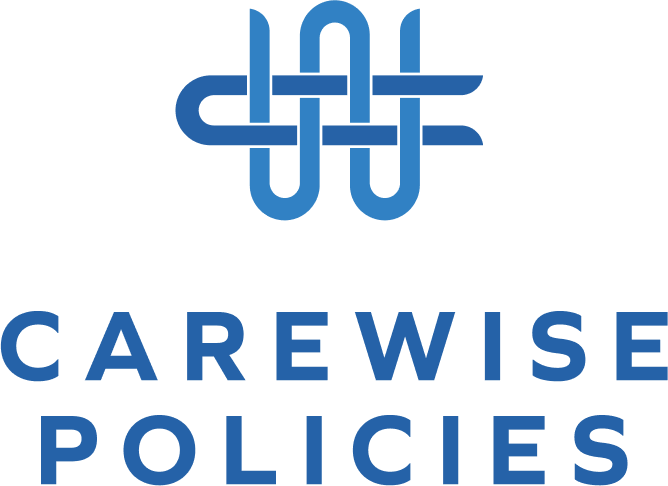- December 27, 2024
- Posted by: carewisepolicies
- Categories: Blogs, Uncategorized

Top-Down Approach
Ways of Policies Development
Policies are critical in ensuring patient safety and operational efficiency in healthcare organizations. The top-down approach is a common method used in larger healthcare organizations where leadership and decision-making are crucial for maintaining legal standards. This approach involves leadership (such as the board of directors). This approach works through some aspects, Leadership induction as policy creation starts with senior leadership to identify the need for a policy. Example: A hospital’s executive team may determine the creation of a new policy on infection control due to recent updates in public health guidelines. Policy drafting, after identifying the need for a policy, they may form a policy development team to draft the initial version. Example: A team of infectious disease specialists and administrators may participate in drafting a detailed policy. Alignment with standards, as healthcare organizations operate in a highly regulated manner, means that any new policy must comply with regulations. The policy development process in a top-down approach ensures that regulations such as OSHA (Occupational Safety and Health Administration), and accreditation facilities such as The Joint Commission (JCI). Implementation of new policy take places at the departmental level and heads of departments, are responsible for assuring the integration of policy daily. Example: the head of the surgery department implements the new infection control policy by performing pre-operative protocols precisely. Ongoing monitoring to ensure compliance with policies is essential, such as audits, reviews, and regular reports. This phase ensures that any gaps in compliance are identified and addressed quickly. Example: the hospital’s infection control team may conduct monthly audits to verify that all units are adhering to the new measures. This approach, while putting some limitations on front-line employees who are directly affected by the policies, also highlights their importance in the process, making them feel valued.
